What We’re Reading, Vol. 23: June 2020
June 2020 Reads. Theodore C. Van Alst’s Sacred Smokes, Diannely Antigua’s Ugly Music, Esmé Weijun Wang’s The Collected Schizophrenias, and Jericho Brown’s Tradition, photographed by Sarai Seekamp.
As June 2020 advances, we keep turning to our books to sharpen our minds, open our eyes, and keep our emotions as empathetic as we can.
Here’s what we’re reading this month…
Olivia Gündüz-Willemin
Brandon Taylor’s Real Life, photographed by Olivia Gündüz-Willemin.
After literal months of being unable to read – I believe my last book was in early March, the fantastic Such a Fun Age – reading has gently made its way back to me over the past couple of weeks. I devoured Emma Straub’s All Adults Here in late May, able to read more than a page at a time at long last. I had my hesitations before picking it up, but the promise of a well-written family drama was as always, too much for me to resist. The novel was a perfect one for a tired mind: mildly dysfunctional but sweet. Taking place in the Hudson Valley, All Adults Here is about Astrid Strick, a widowed matriarch who decides to come out to her family, just as her precocious 13-year-old granddaughter comes to live with her, her middle-aged only daughter who runs a goat farm announces she’s having a baby by herself, and her adult sons struggle to be adults (let’s be honest, the adult sons are the least interesting ones). Unlike most of its genre, it doesn’t vere into the tragic but the wholesome, telling a story where the dysfunctional can sometimes lead to healing. Shortly thereafter, I read The Familiars by Stacey Halls, a historical novel centered around the Pendle witch trials in 1612 that’s been sitting on my bedside table for months.
My current read is by far my favorite of the month: that book that you wanted to read so badly that you ended up putting it off (in my case, for months) because you were afraid that when you finally did read it, it wouldn’t live up to what you wanted it to be… but then you read it and it’s everything you wanted and more. For me, that’s been Brandon Taylor’s Real Life. The novel takes place over a late summer weekend in a Midwestern college town as Wallace, an introverted, Black biochemist from Alabama, comes to odds with his very white graduate school colleagues. Tensions run high, things come to a head, and much drama ensues. In her review of the novel, Roxane Gay said that “[t]here is writing so exceptional, so intricately crafted that it demands reverence” and I can’t say I’ve ever been one to disagree with Roxane Gay. And it really is true. From its very first paragraph, Taylor’s writing makes you gasp. It’s a campus novel for the ages, and as a bonus, one that’s cathartic for anyone who’s left academia behind.
M. A. McCuen
I’ve been reading lots in the last month, primarily fluctuating between YA and some dreamy reads. Some of my favorite YA novels I’ve read lately are Clap When You Land by Elizabeth Acevedo and Late to the Party by Kelly Quindlen. Both novel feature queer main characters and gorgeous writing. My dreamier reads have been The Distant Hours by Kate Morton and Map of Another Town by M.F.K Fisher. The Distant Hours is a gothic inspired novel set in the English countryside and Map of Another Town is a gorgeous memoir of post-WWII Provence. Both are great choices for a bit of escapism and adventure during quarantine. I also am halfway through Curtis Setterfield’s new novel, Rodham, which imagines a world where Hillary Rodham dumps Bill Clinton and follows the shockwaves of that decision. It’s very creative and engaging – I’m excited to see how it ends. Most recently, I’ve been focused on Black voices in YA and I’m excited to share some of those titles with you in an upcoming Black Joy YA Reading list.
Rachel Tay
As with every other sector, the publishing industry has undoubtedly been hit and halted by the global pandemic. Printers have shut down, book tours have stopped, and the new releases that I’ve been hoping to read over these past months have been delayed till fall. But never mind that. My impatience meant that I had managed to secure early copies of novels which would otherwise be published now, though this was not without some effort — or promises of reviews at the end of it all. Of course, this also means that I will be writing more about these books in the future, but let me just tell you for now that Ottessa Moshfegh’s Death in Her Hands feels as claustrophobic as Elena Ferrante’s The Lying Life of Adults is enigmatic, and both books are by far more masterful than their predecessors. I cannot wait for the day that I’ll finally be able to discuss these books with all my friends, perhaps — and hopefully — in the comfort of their presence. But until then, I’ll be here dwelling in the pangs of anticipation and the pages of old Virginia Woolf novels.
Grusha Singh
After a couple of months of not really being able to focus on a novel, I started reading Brideshead Revisited by Evelyn Waugh. It’s a classic novel that details the main character’s life in Oxford and his friendship with an aristocrat named Sebastian Flyte. I love campus novels, so I’ve been enjoying this one. I’m almost finished with it, and on days where I’ve wanted something a bit different, I have also recently started reading Agnes Gray by Anne Bronte. It’s about a young woman who takes up a governess position (I love novels about governesses) and the children she is in charge of are a bit difficult to manage. While both of these novels have been keeping me busy, I also try to read some classic poetry and even some fairy-tales/folk tales from when I was a kid. I’ve been falling into very nostalgic moods lately, and so doing some reading from my early years has been very comforting.
Amy Richardson
I have been reading fairly steadily ever since my Austen reread in April, when I was given a special period of leave from work. I currently work four days a week from home and this gives me plenty of time leftover to read in. I recently finished Hamnet by Maggie O’Farrell, a luminous, heartwrenching novel that explores love and loss. The raw emotion feels so real and I couldn’t put it down. I’m currently working my way through Hilary Mantel’s highly anticipated final installment of her books about Thomas Cromwell, The Mirror and the Light. I wonder whether I’ve been waiting too long for this book to come out because I’m mildly disappointed so far. It feels overwritten in some places and meandering in others. I’m only 150ish pages in so far, so it could get better! Next up is Celestial Bodies by Jokha Alharthi which my mum read for her book club a few months ago, but in an English translation because alas I don’t speak or read Arabic. I have also got Dead Famous by Greg Jenner, a history of celebrity, and How to Argue with a Racist by Dr Adam Rutherford on my non-fiction pile so I’ll be picking them up shortly. I’ve just ordered An American Marriage by Tayari Jones and Such a Fun Age by Kiley Reid (on Olivia’s recommendation!) so they’ll be joining my to-read pile soon! Finally, a couple of weeks ago I bought a really pretty copy of Charlotte Brontë’s Jane Eyre in the hopes that when I finally reread it, I will like it much more than 11 year old Amy did. I’ll let you know…
Zoë G. Burnett
Ludwig Bemelmans’ How to Travel Incognito, photographed by Zoë G. Burnett.
Disclaimer: both of the books I’ve been reading are written and were recommended by straight white men, half of whom are dead. This is going to be a learning curve for all of us. Taking small bites out of Nabokov’s rich memoir Speak, Memory is a steady enterprise, and it even seems as though he wrote his autobiography for that purpose. The chapters are split into sections, which are nonetheless packed with anecdotes about his childhood, illustrious family, and unusual coming of age. Less weighty is Ludwig Bemelmans’ How to Travel Incognito, a memoir of the Madeline author’s trip through France, under the guise of a Bavarian prince and accompanied by a comte named St. Cucuface. Each is a lesson in succinct, elegant prose, and are situated just far enough in the past to provoke nostalgia for places some of us have been lucky enough to visit, as well as a time that none of us will ever experience. If you try hard enough, it’s almost possible to forget the authors’ unbelievable privilege and remember what it feels like to enjoy something.
Vesna Curlic
After nary a page read for pleasure in May, I think I’ve finally got my groove back. In early June, I finished Cressida Connolly’s After the Party, which has been on my TBR list since its publication in 2018. Set amongst wealthy English families on the eve of the Second World War, this is a story about the power of a charismatic leader and the insidious nature of some political movements. Though I’m not usually a fan of books set in the Second World War, this was a really enjoyable read and was just plot-driven enough to break through my reading block. And of course, the story is a good cautionary reminder about the seductive qualities of political movements that promise a return to national glory – and how those promises are often too good to be true. Right now, I’m about halfway through this year’s Pulitzer winner - Colson Whitehead’s The Nickle Boys. The novel follows the story of a Black teenage boy in Florida, against the background of the civil rights movement, and the innocent mistake that alters the course of his life forever. Rather than heading to college, Elwood Curtis is sent to Nickel Academy, a reform school for delinquent boys. The book’s blurb describes Nickel Academy as a “grotesque chamber of horrors” and it is – but importantly, never exploitative in its descriptions. The writing is subtle and clever, while the story is devastating and enraging in equal measure (made worse when one remembers that it’s based on a true story). Though I still have about 100 pages left and it’s only June, I already suspect that this will be one of my stand-out reads for this year.
Sarai Seekamp
Theodore C. Van Alst’s Sacred Smokes, Diannely Antigua’s Ugly Music, Esmé Weijun Wang’s The Collected Schizophrenias, and Jericho Brown’s Tradition, photographed by Sarai Seekamp.
The end of a school year inevitably means that in addition to getting a bit more time to read for pleasure, I also start to consider the work that I want to share in my classroom with new students in the fall. I have always made it a goal to incorporate Indigenous and Latinx authors in my high school English and Writing classes, and with the most necessary push to be doing more actively anti-racist work (especially within inherently racist and patriarchal systems like education), I have been devouring work by a number of incredible writers. The Pulitzer winning Tradition by Jericho Brown has been a staple since I picked it up at the Portland Book Festival in November (pre-covid) and had the pleasure to listen to Brown discuss his duplex form and “saying what you maybe never meant to say.” His poetry offers up intense emotion rooted in the physical body and it swallows you whole as you read it. At the same panel, Diannely Antigua, a Dominican American poet, shared how it can be more difficult sometimes to write about joy because joy is so nuanced and while you’re “in it” you don’t always need to explore it. Both Brown’s Tradition and Antigua’s Ugly Music have provided not only new perspectives to acknowledge and appreciate the experiences of those who do not look like me, but I am also looking forward to using the art of these incredible creators to center the voices and experiences of my Black and Brown students in the fall as I encourage them to create as well.
Outside of poetry, I finished Theodore C. Van Alst Jr.’s short story collection Sacred Smokes which is unbelievably hilarious and grotesque all in the same moment. He shares his experience as an “Urban Indian” growing up in Chicago through interactions with his friends, family, and the city itself. The story “Old Gold Couch” was particularly captivating and reinforced my love of the form. If you want to literally laugh out loud while reading, this is a great place to start.
Finally, I was able to power through Esmé Weijun Wang’s The Collected Schizophrenias which was a startling and enthralling exploration of her diagnosis and experience living with schizoaffective disorder. The essays were educational and enlightening to say the least. From discussing her own day-to-day personal experiences to explaining the different DSM definitions and state policies that impact those diagnosed and their families, this book is a must-read for those interested in furthering their understanding of mental illness, specifically the collected schizophrenias!
† This post is not sponsored, however as an affiliate we may receive a small percentage from any purchase made through The Attic On Eighth's Bookshop page at no additional cost to you. Thank you for your support!



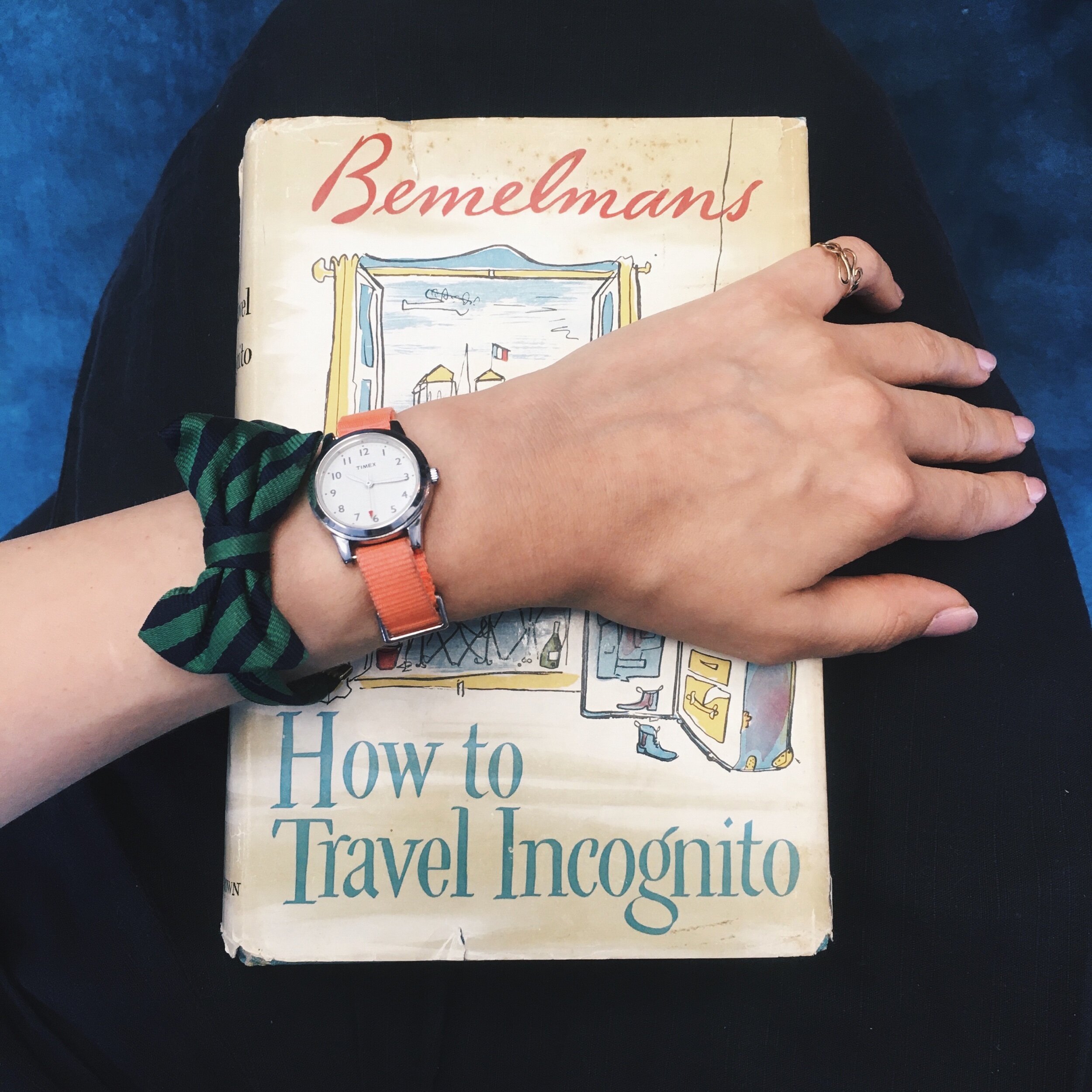




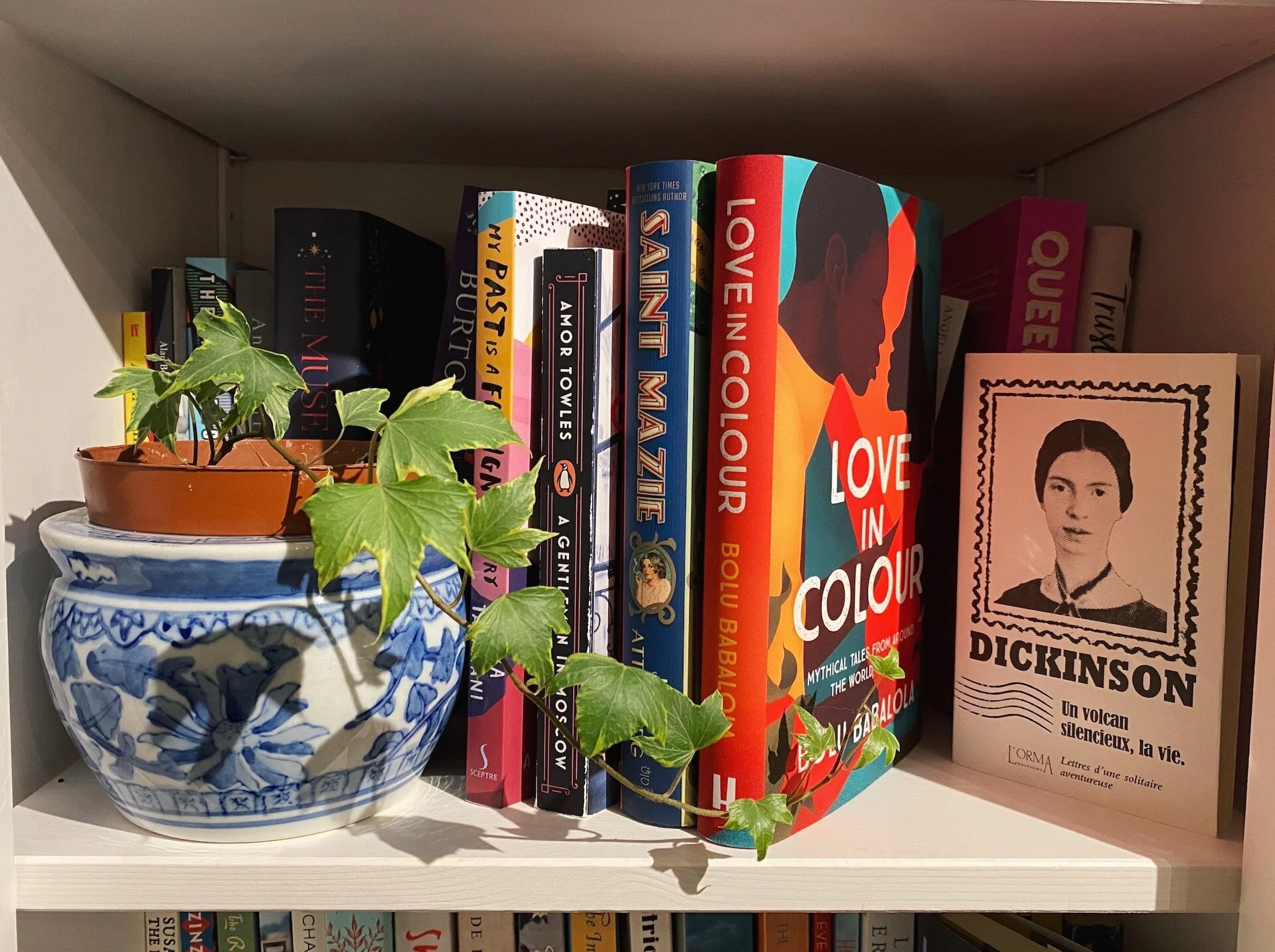
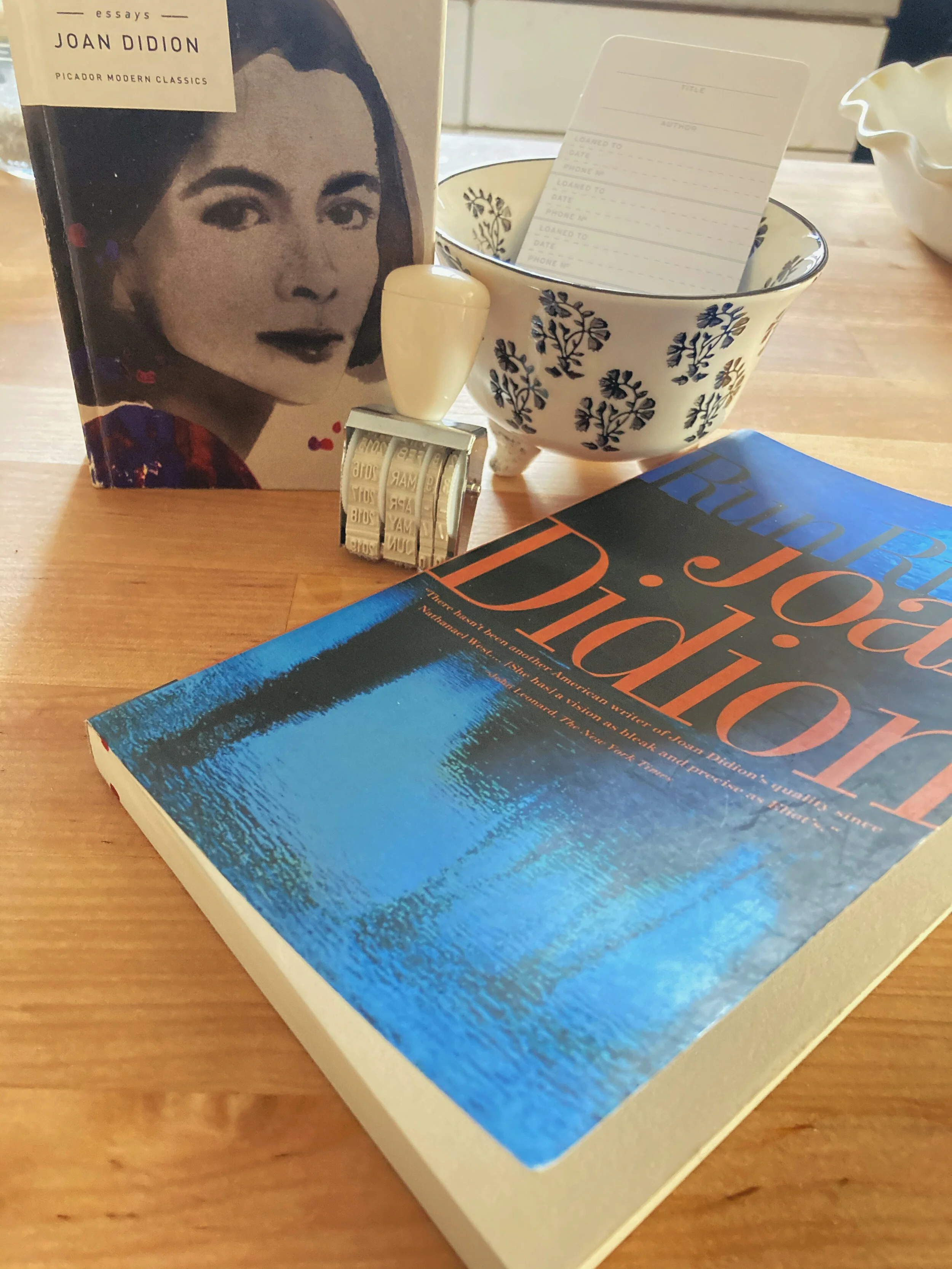
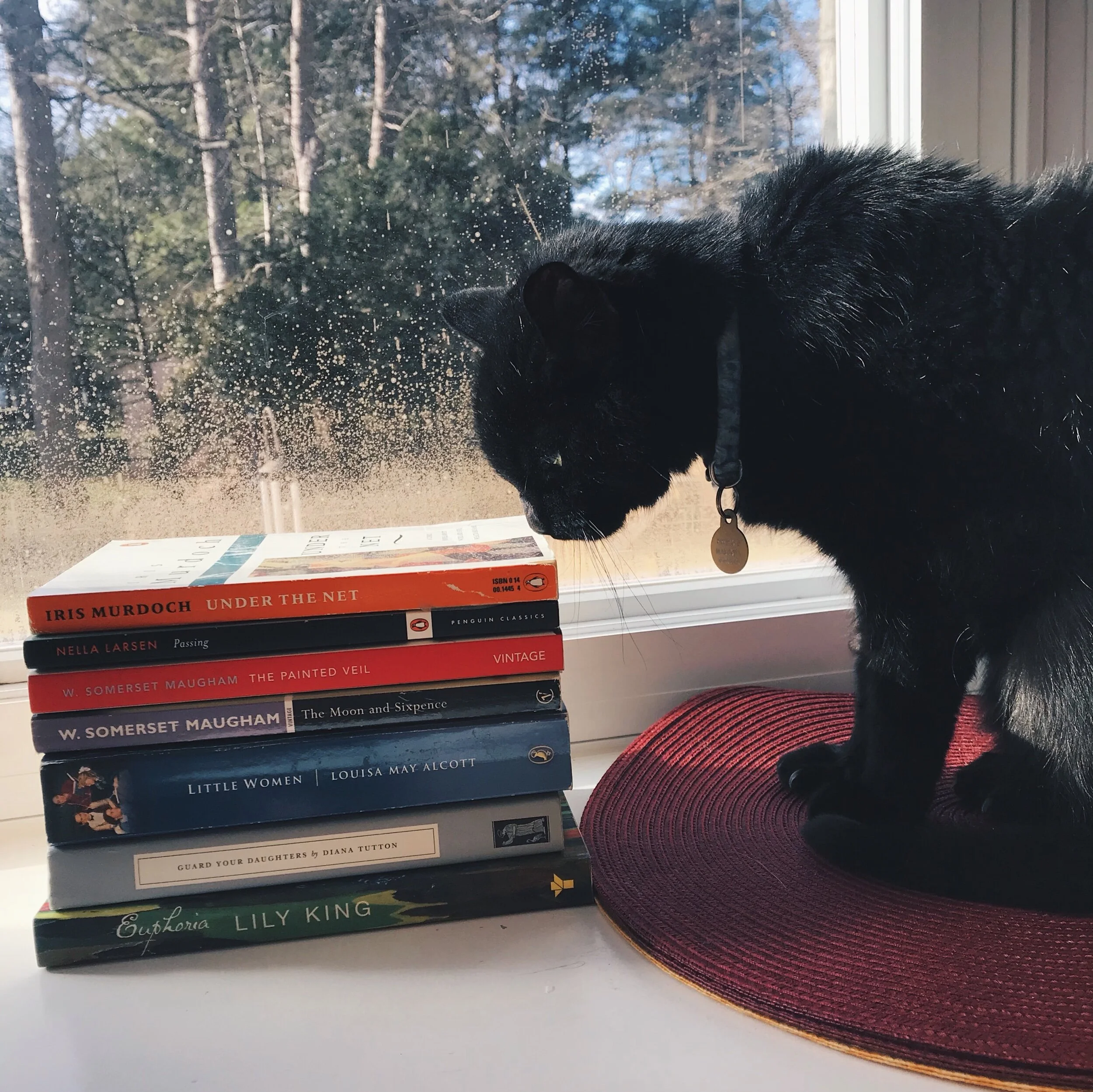


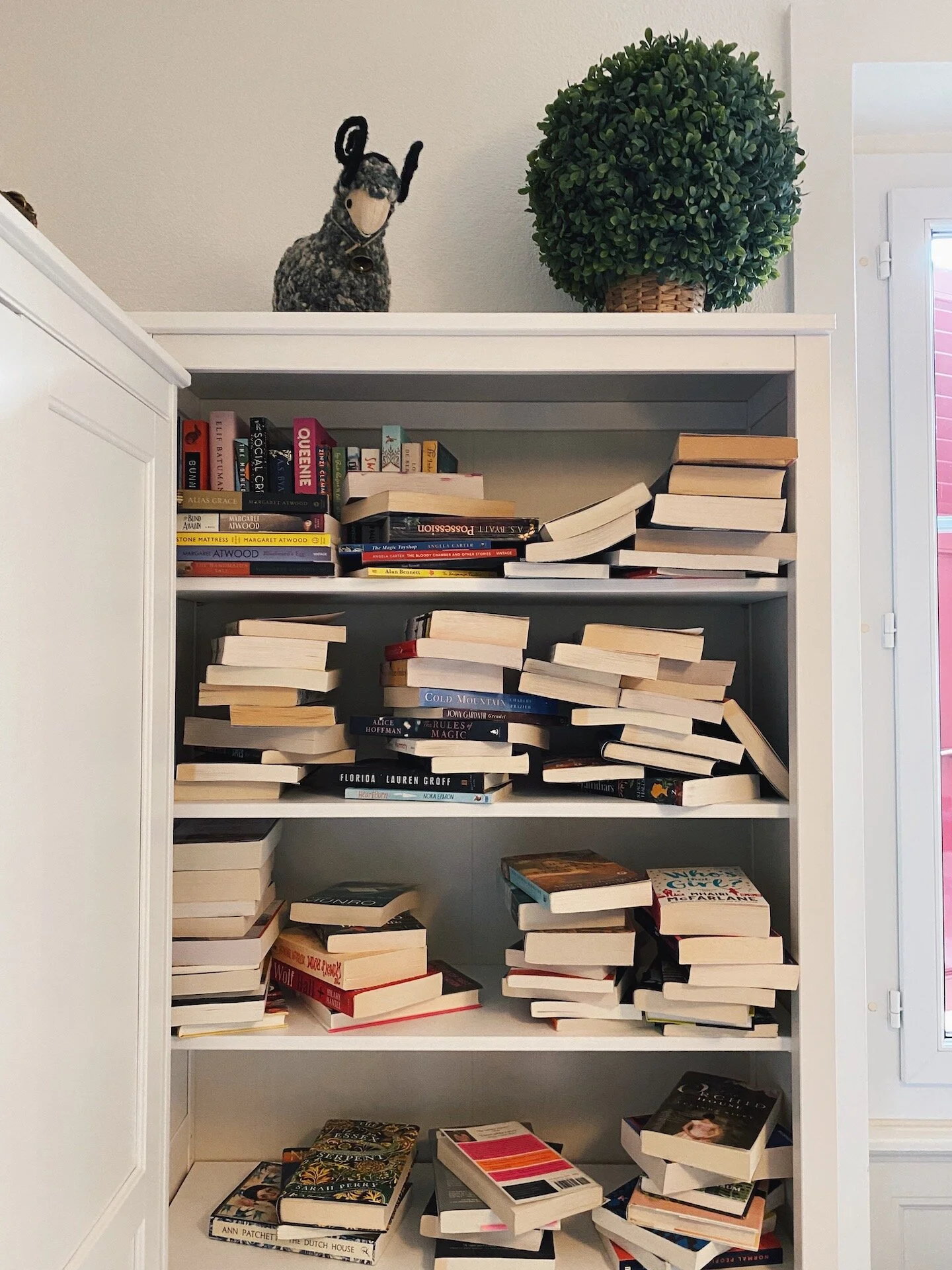
Reading Naoise Dolan’s Exciting Times and Katie Kitamura’s Intimacies, Rachel Tay explores the unease of moving away from one’s own country and language.